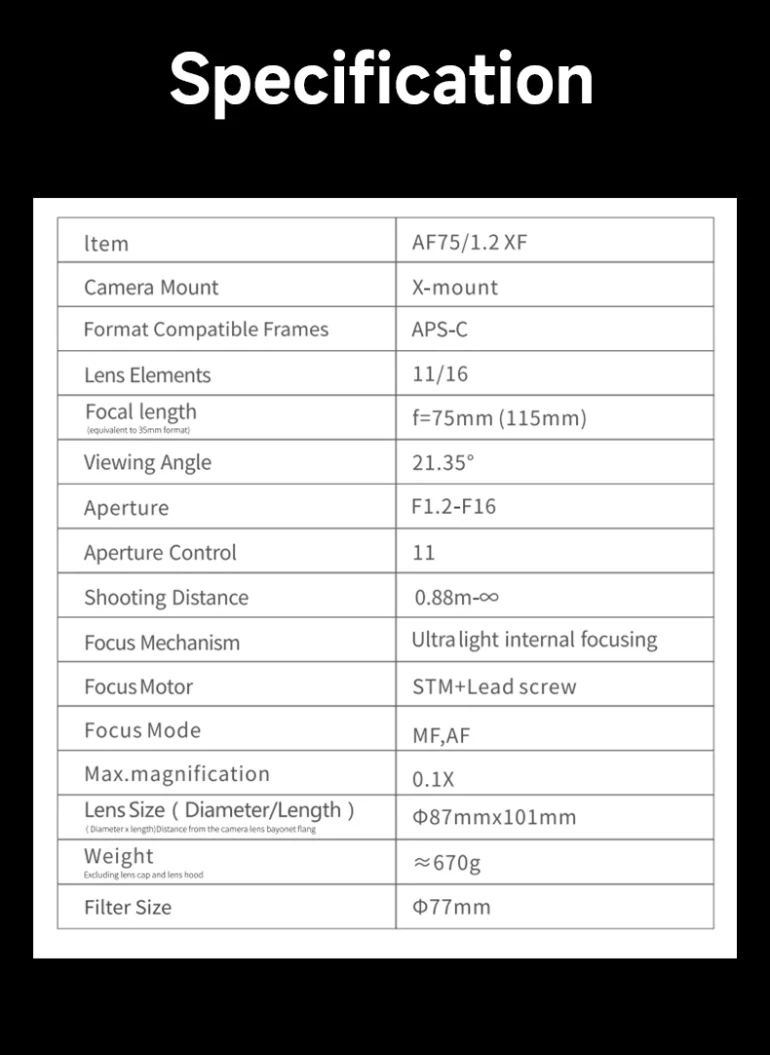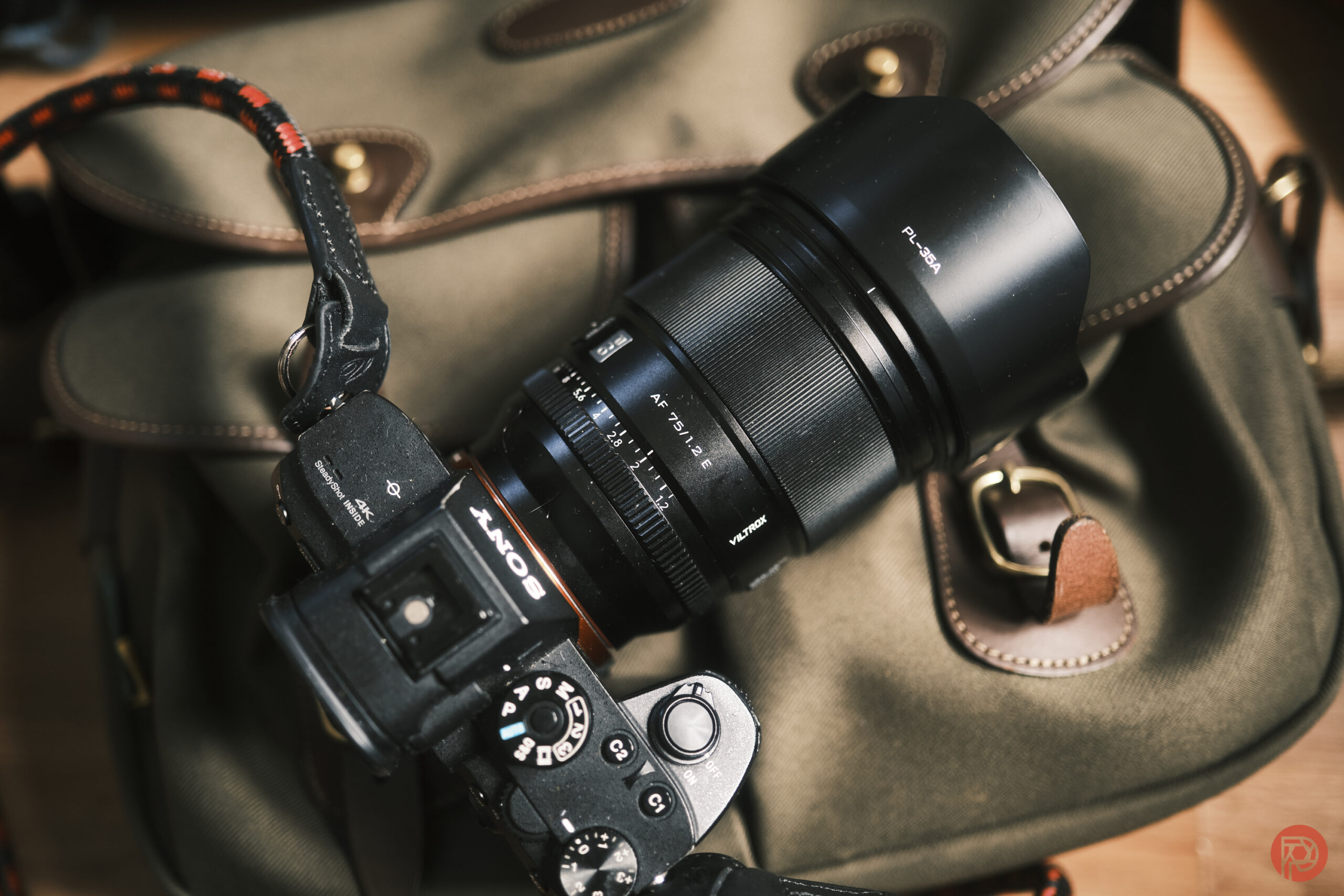As a reviewer, we’re huge on noticing trends from manufacturers. For example, we’ve only ever seen really great weather resistance from German and a few Japanese companies. But most Japanese companies produce passable weather resistance. And so the Viltrox 75mm f1.2 lens is the first that we’re seeing comparable weather resistance from. But more importantly, we’re seeing pretty comparable performance as well. During my review period, I couldn’t help but wonder and say that the previous statements that have been said about Chinese-made products are wrong. Viltrox is a small business — and this lens is shining light in a very dark industry.
The Phoblographer may receive affiliate compensation for products purchased using links in this blog post.
Table of Contents
The Big Picture
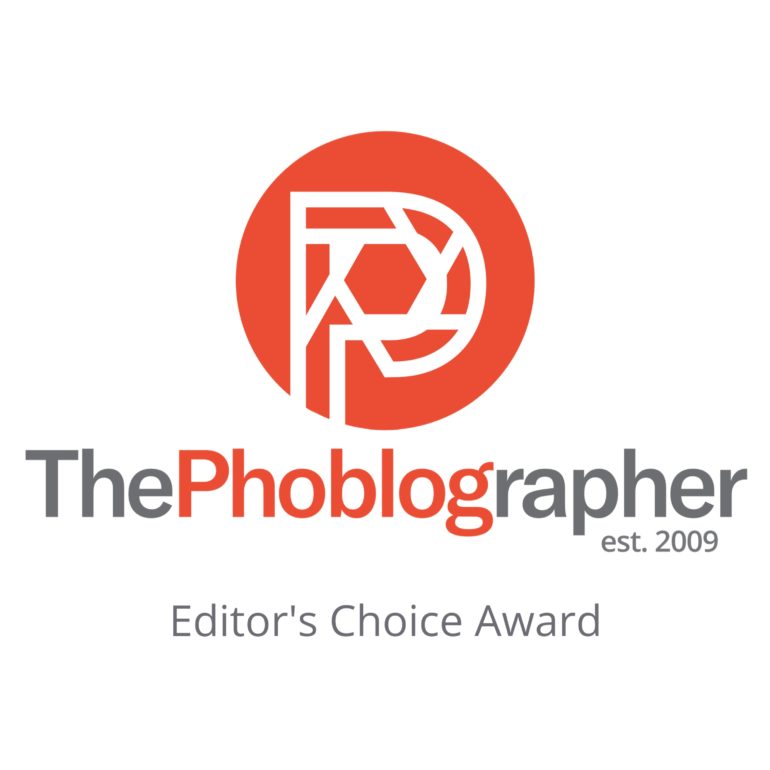
Viltrox has done what I truly didn’t think was possible — and more for the reasons that Chinese lens manufacturers have led me to believe for years. The Viltron 75mm f1.2 lens is weather-resistant to the same degrees as most Japanese-made lenses with the same claim. It’s also made with a similar feeling to that of a Fujifilm lens. Most Chinese lens manufacturers haven’t bothered with weather resistance. In fact, even the Korean ones haven’t even done anything to this degree. With the Viltrox 75mm f1.2, I truly end up asking myself why this is the case.
Build quality and ergonomics aside, the lens performs very well. Though the autofocus in low light isn’t what I can expect from a Sony lens, the image quality doesn’t skip a beat. Using this lens is like a breath of relief that you didn’t even know that you needed because you’re so deeply gaslit into thinking otherwise from typical marketing initiatives.
My only complaint: I wish it were for full-frame cameras. The imaging area would’ve needed to be just a bit larger. And if that were the case, I still think it would be smaller than most other f1.2 autofocus lenses for the system.
But if you’re an APS-C camera user, then you’ll be in love with the Viltrox 75mm f1.2. This lens wins five out of five stars, and our Editor’s Choice award. Want one? Check it out on Amazon.
Pros
- A million times better feeling than Sony G Master lenses
- It feels like a Full-frame Fuji lens – even though it isn’t actually a full-frame lens.
- Beautiful image quality
- Focuses pretty close
- Nice bokeh
- As weather resistant as a Japanese lens
- It’s unique in the lineup of lenses for Sony
Cons
- 75mm focal length might be odd for some. But it isn’t for many others.
- Autofocus algorithms are a bit wonky at times.
- I wish that this were a full-frame lens. It’s large enough to be one, and all they had to do was make the lens coverage just a bit larger.
Ergonomics
The Viltrox 75mm f1.8 is an incredible lens, ergonomically speaking. It delivers the tactile experience of a Fujifilm lens with only a few things feeling more like a Sony lens. But in this case, it’s doing it for Sony E mount. Personally, I’d think this lens would be way too big on any of the retro-style Fujifilm cameras. It would feel right at home on the XH2 and XH2s, though.
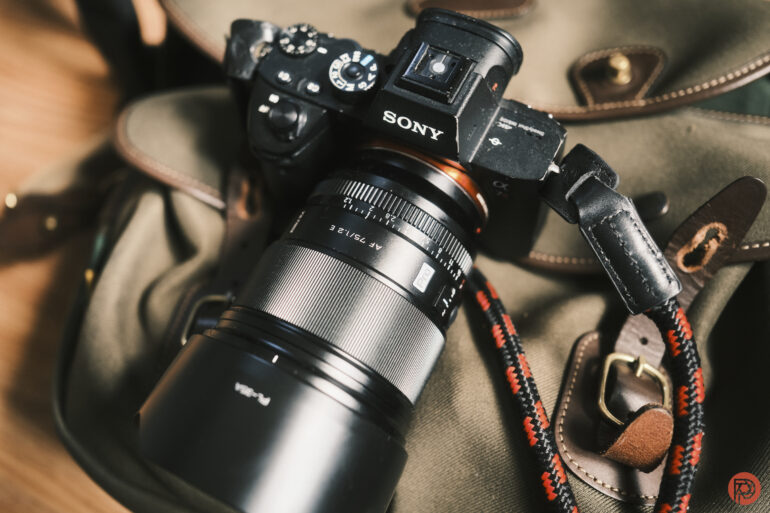
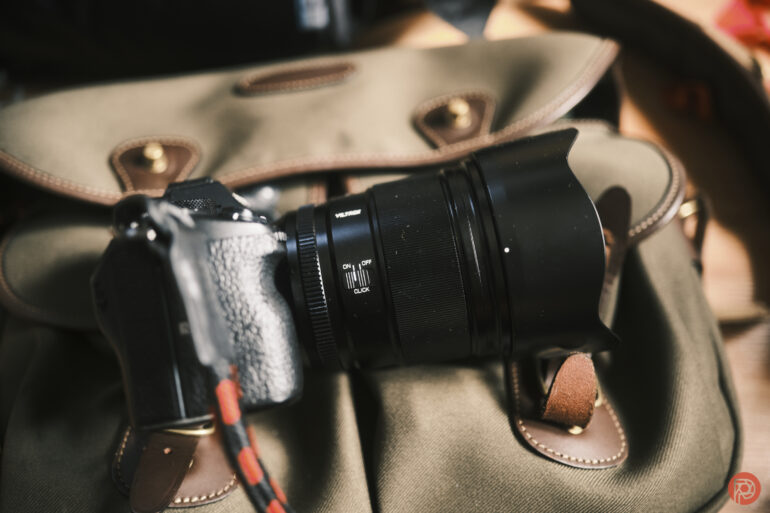
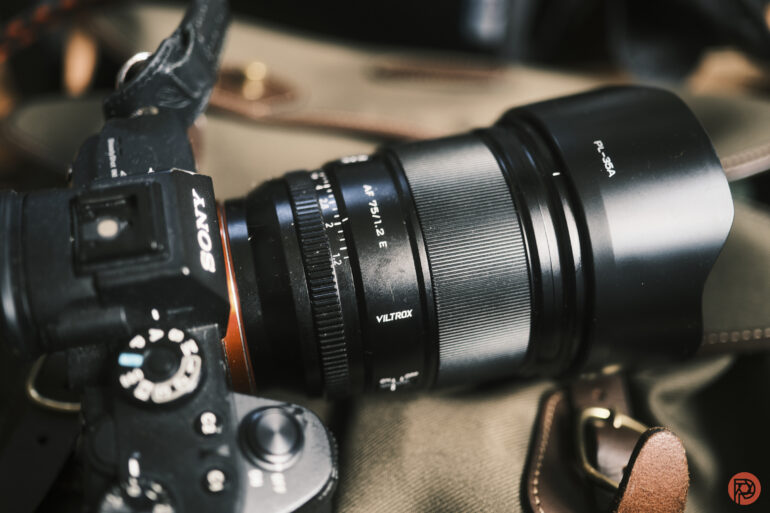
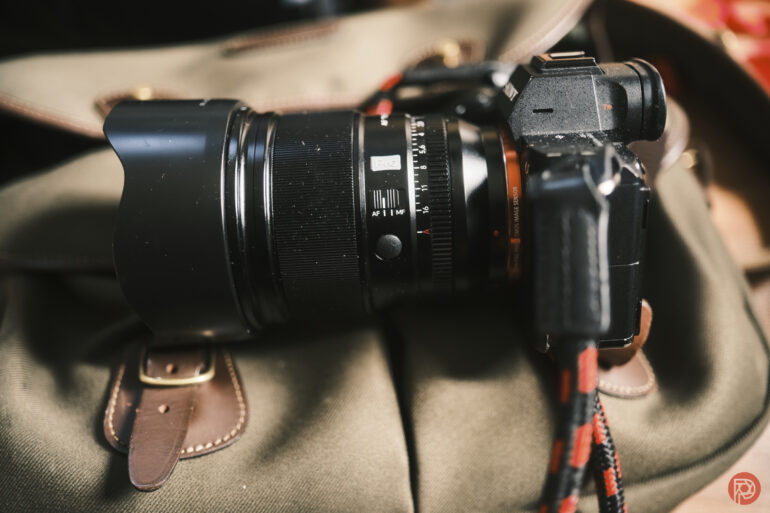
The lens gives you several controls: a function button, aperture ring, click control, focus control, and a manual focus mode. This is just the right amount for you to ignore if you just want to shoot with the lens and go about life.
The exterior is made of aluminum – and you feel that in every single way. That’s not to say that it’s heavy. It truly isn’t at all.
Build Quality
This lens has weather resistance, and it’s visible at the mount. However, according to Vilitrox’s official listing, it is fully weather resistant.
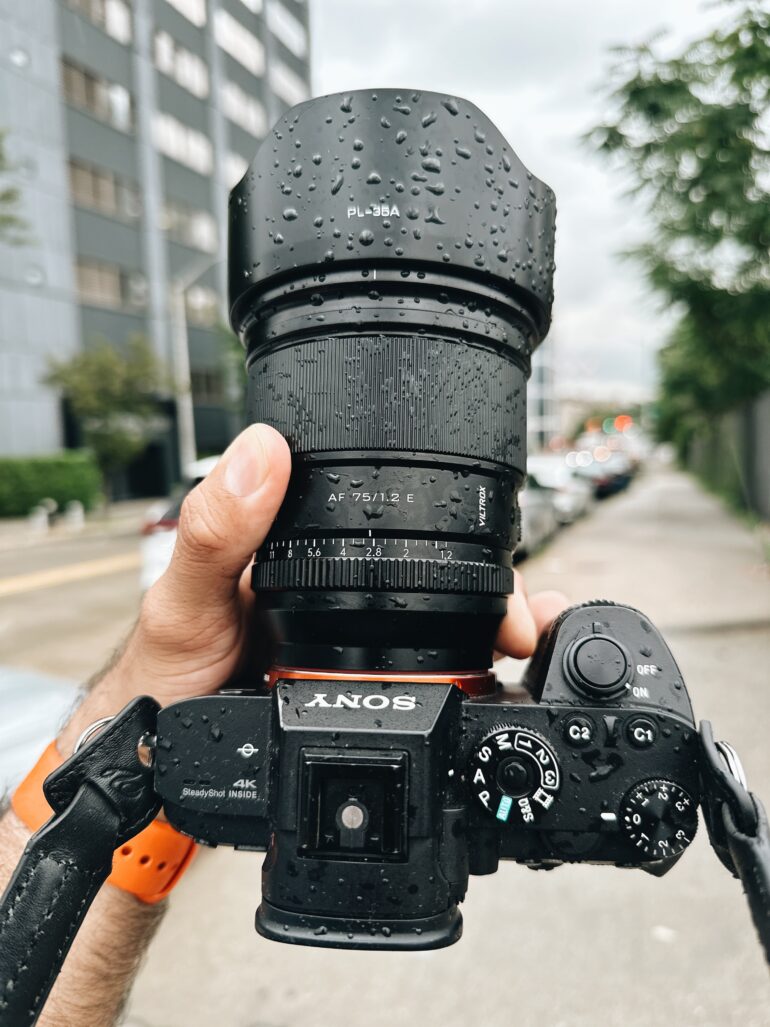
Quite honestly, if Fujifilm made full-frame lenses, this is what they’d look and feel like. The exterior is made from an aluminum alloy and feels like a classic Zeiss lens from the early 2000s.
We took the lens out on an incredibly muggy day for a long walk. It survived the rainfall for the several hours we were out – and it continued to work otherwise.
In some ways, I’d say this lens is better built than even some Sony lenses.
Ease of Use
If you’re used to Sony’s G Master primes or Fujifilm’s lenses, the Vultrox 75mm f1.2 will feel right at home. If anything, it feels like a full-frame Fujifilm lens. There’s an aperture ring for control with that exposure parameter. And you can set it to A-mode when you want.
Keep in mind, most of the time when using this lens, I genuinely thought that it was a full-frame lens. However, when I looked carefully at my screen notifications, I realized it was an APS-C lens. Still, it works pretty well on full-frame cameras with a bit of vignetting on the outside. I like to embrace this, personally, as lens character.
Focusing
Focusing on the Sony a7r III is very quick. It works fine with the AF-C function – which is what so many Sony shooters default to these days. However, in low-light situations, it can struggle if you’re using it with AI modes. I found it very difficult to find someone’s face in low light and if they were at a fair distance away. That’s when the exposure preview setting is disabled. When it’s enabled, forget about using it in low light.

In good lighting scenarios, the Viltrox 75mm f1.2 focuses pretty quickly. Still, though, it can have some trouble with scene detection. If you use specific autofocus points, though, it can do a good job with things like tracking the movements of birds and animals as they move.
Image Quality
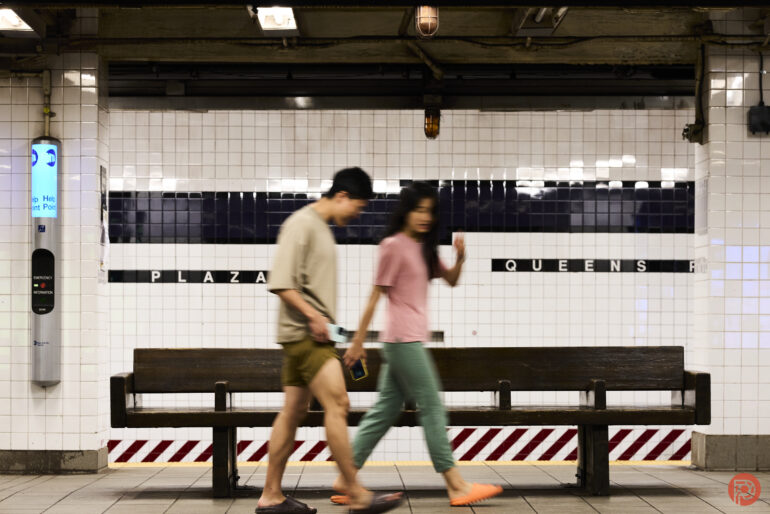
There’s something about the image quality that makes the subject that’s in focus really pop and vivid. When I look at the photos, they almost look like something is popping out at me in a 3D fashion – similar to what I used to see years ago when I put those 3D glasses on. It’s pretty awesome.
Bokeh
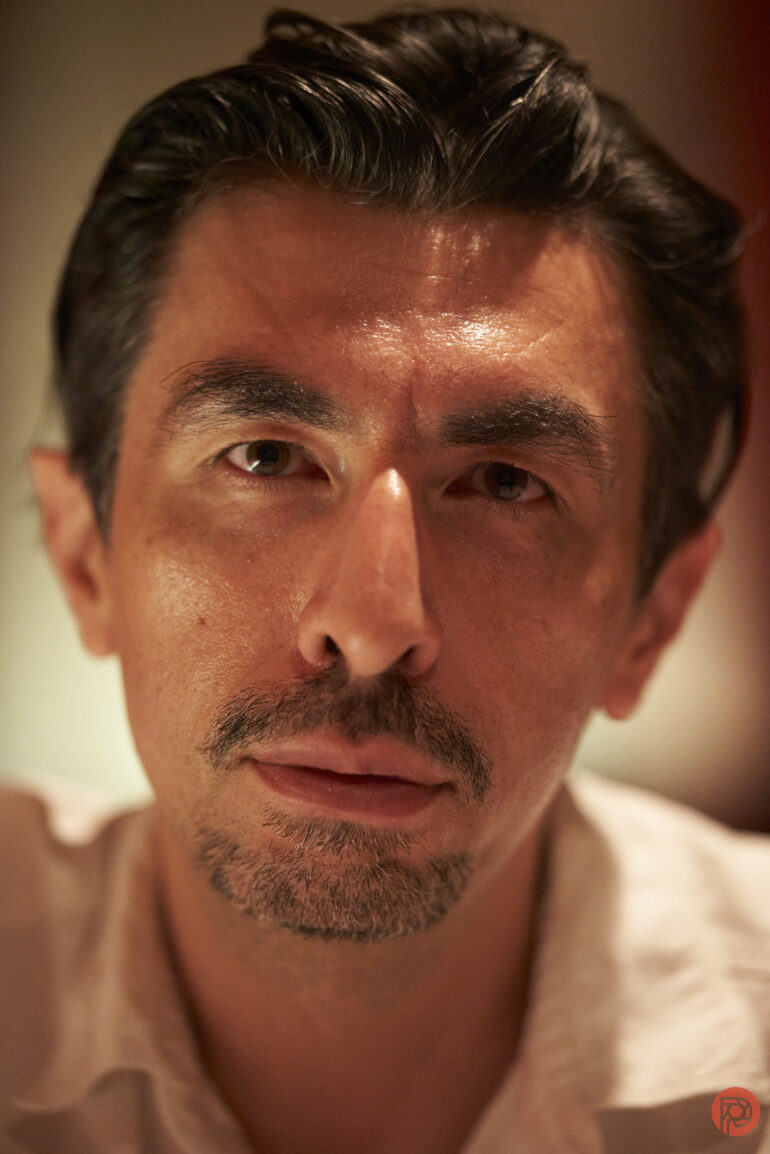
I’ve always really liked the 75mm focal length. So with that said, I can’t complain about the bokeh here. Combined with the fact that the Viltrox 75mm f1.2 focuses pretty closely, you’ll love this lens too.
Color Rendition
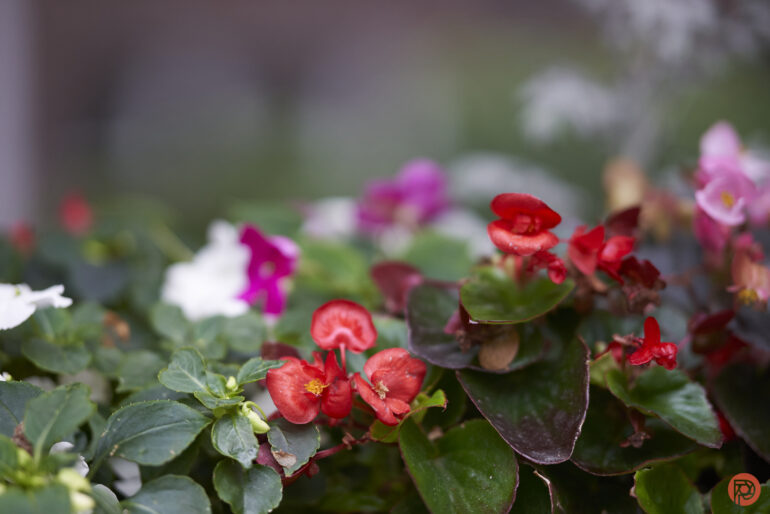
The color rendition here feels clean, vivid, and unlike anything else that I’ve seen. It doesn’t feel like Sony, Zeiss, Tamron, or other brands. Instead, it feels very unique, and I’m happy about that.
Lens Character
Use this lens in full-frame mode, and you’ll get a bit of vignetting because of sensor coverage. Still, it adds to the image at times more than anything else.
Also, we should probably reiterate that this is an APS-C lens, not a full-frame lens. Here’s a photo of the vignetting.
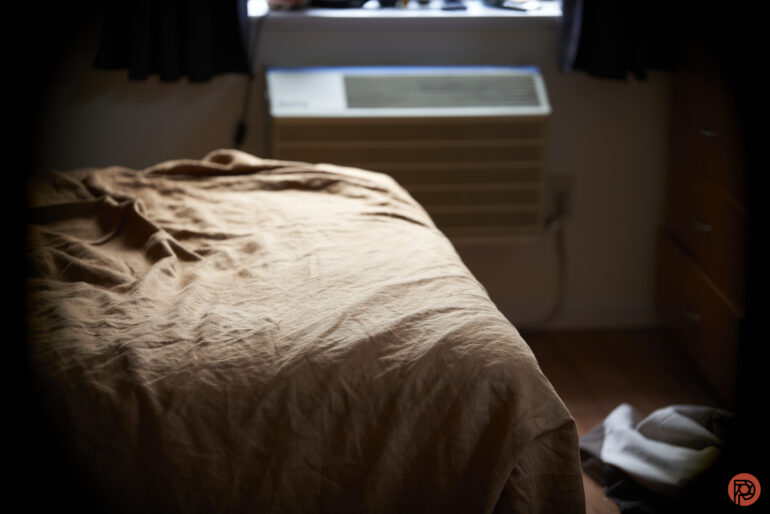
Sharpness
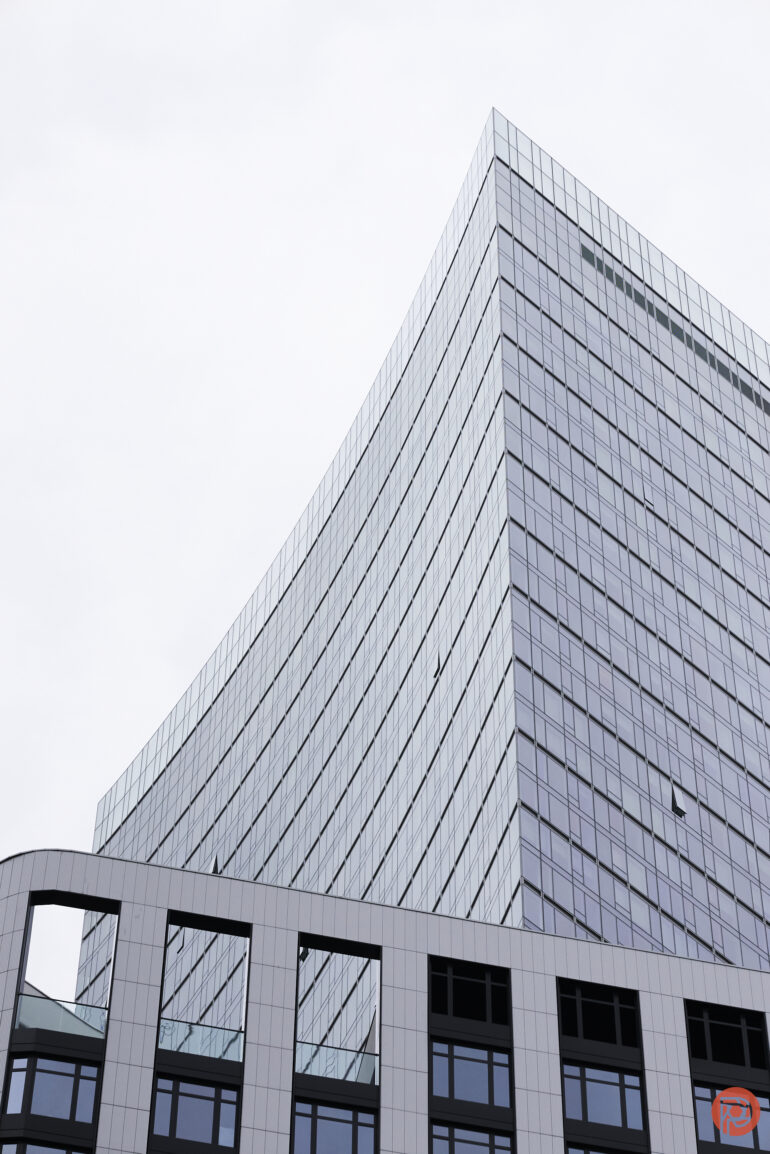
Wide open, this lens is pretty sharp. But it gets incredibly so when you stop down to f5.6. Truly, that’s all there is to this lens.
Extra Image Samples
From day one, The Phoblographer has been huge on transparency with our audience. Nothing from this review is sponsored. Further, lots of folks will post reviews and show lots of editing in the photos. The problem then becomes that anyone and everyone can do the same thing. They’re not showing what the lens can do. So we have a section in our Extra Image Samples area to show edited and unedited photos. From this, you can make a decision for yourself.
Unedited

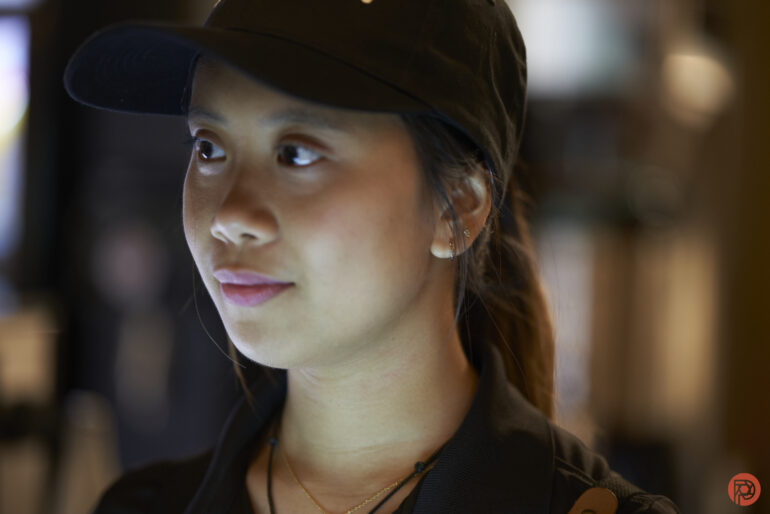
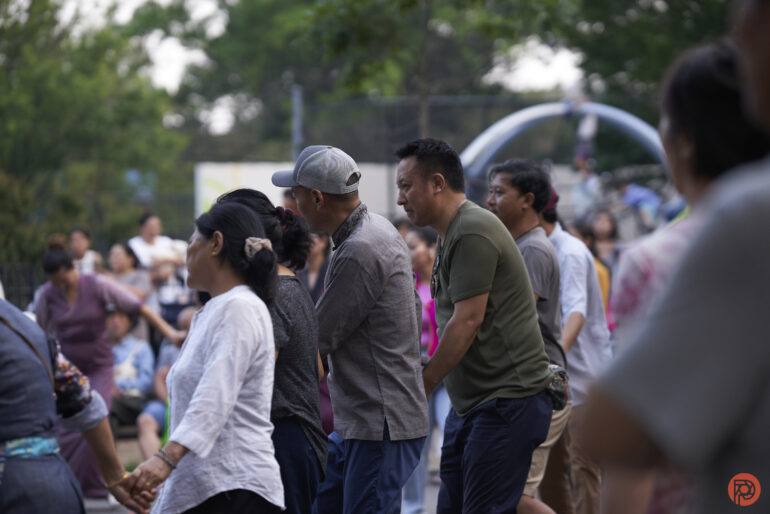
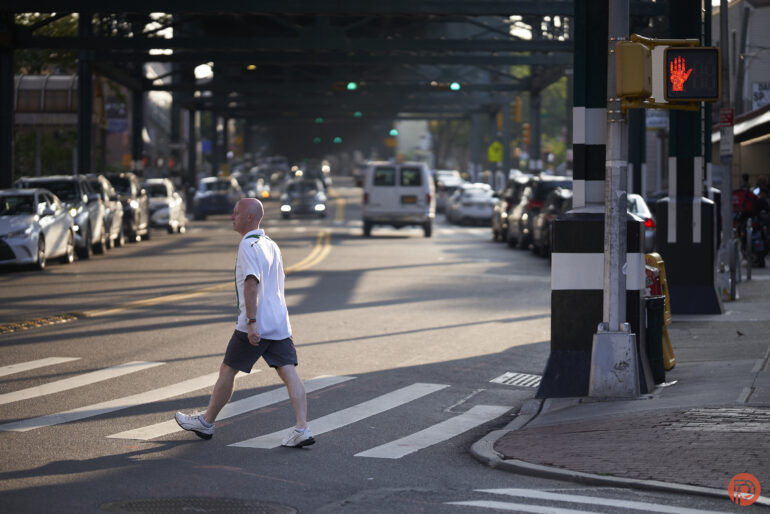
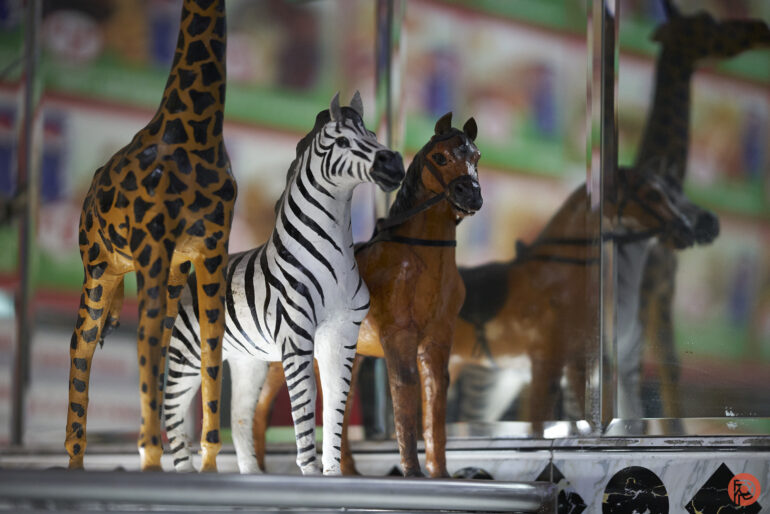
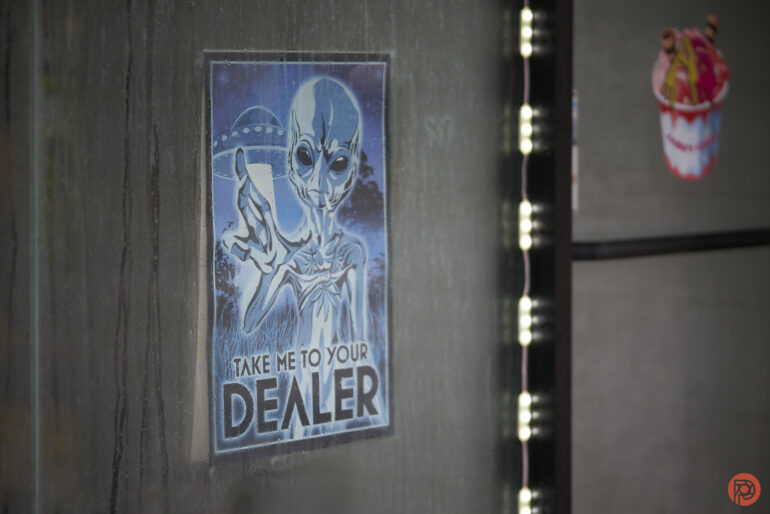
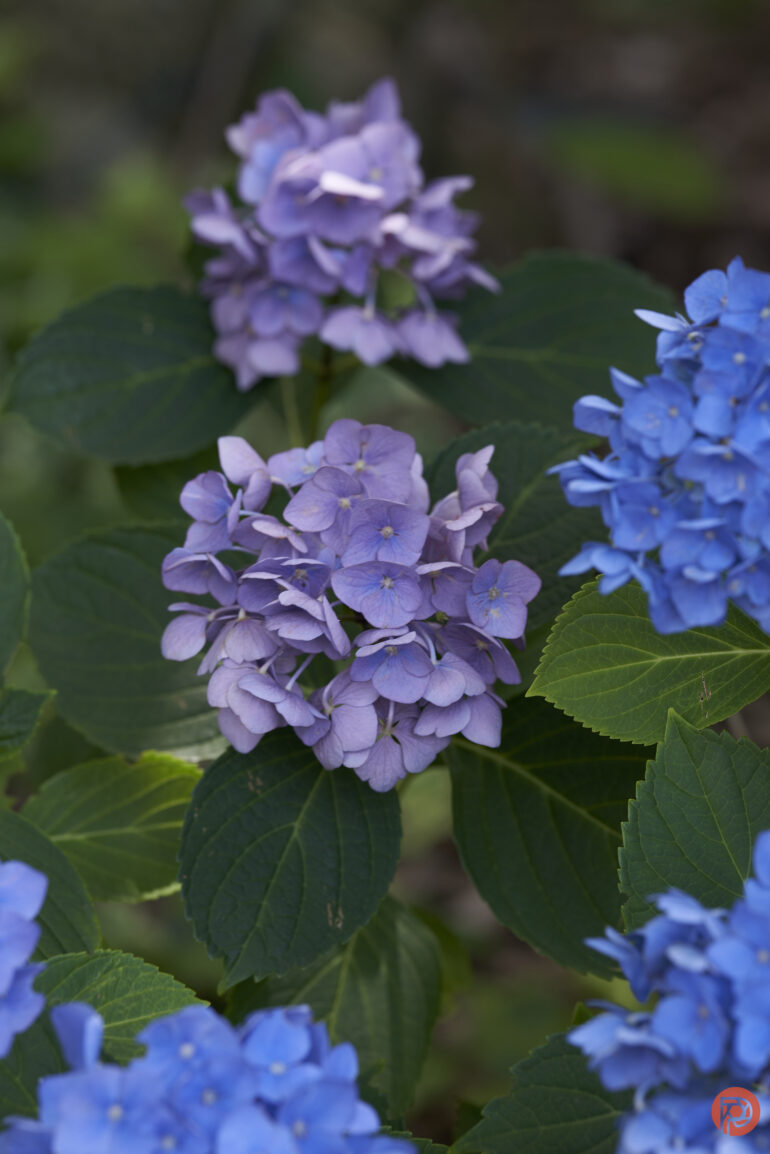
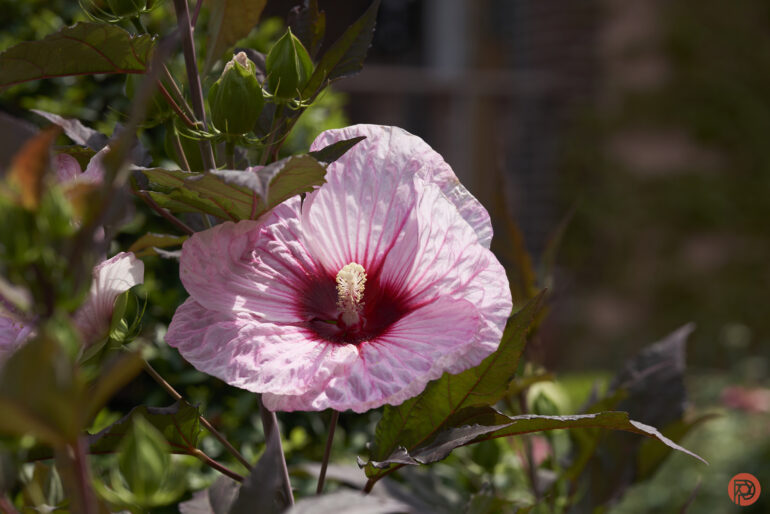
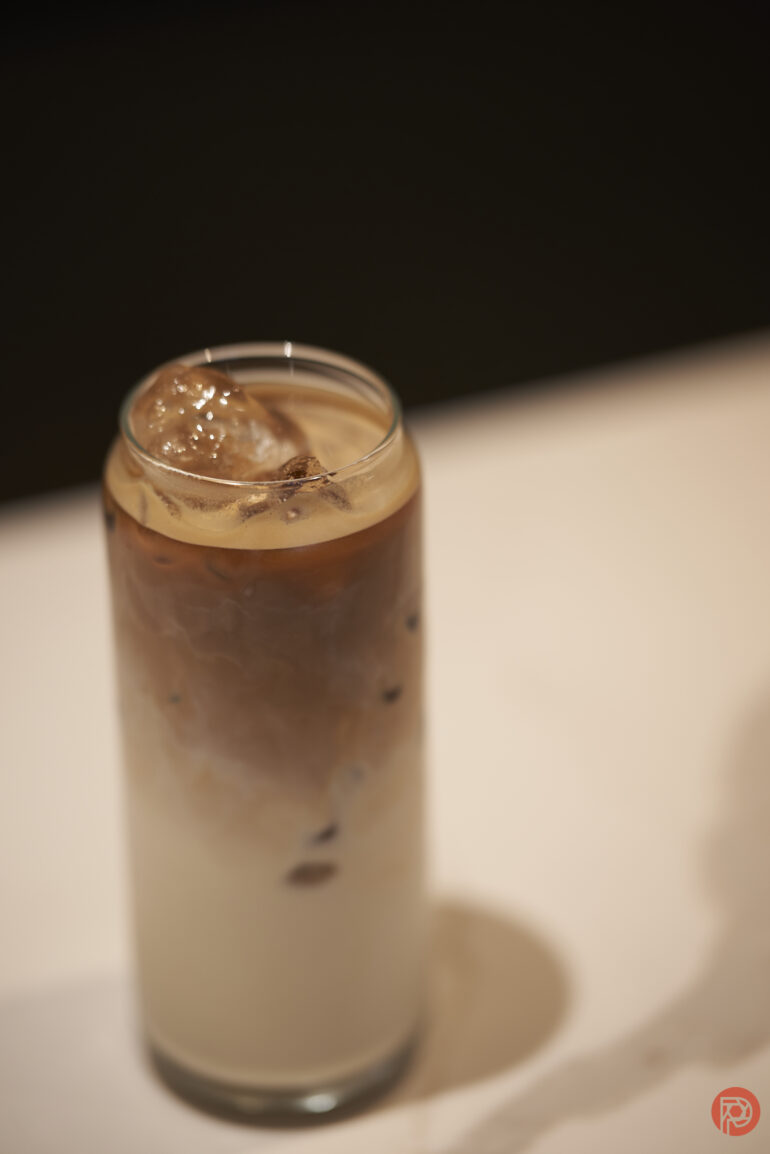
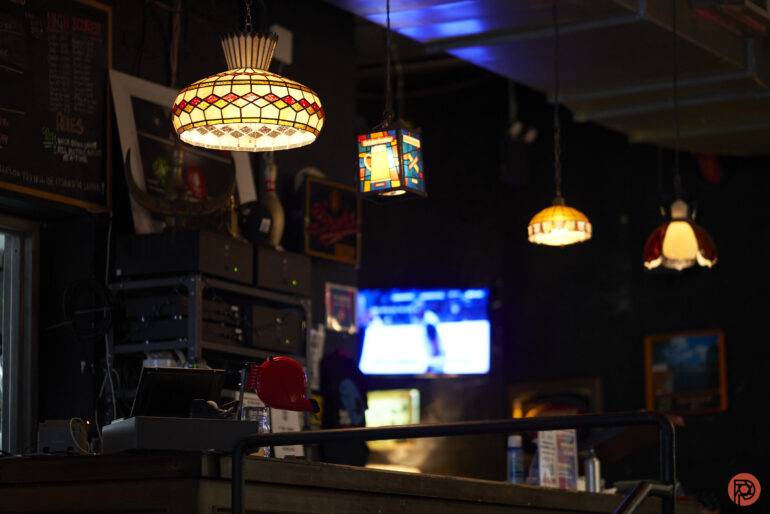
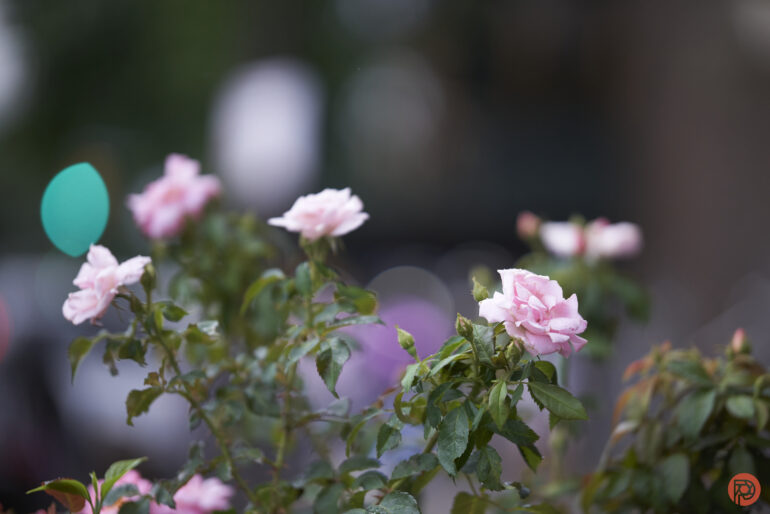
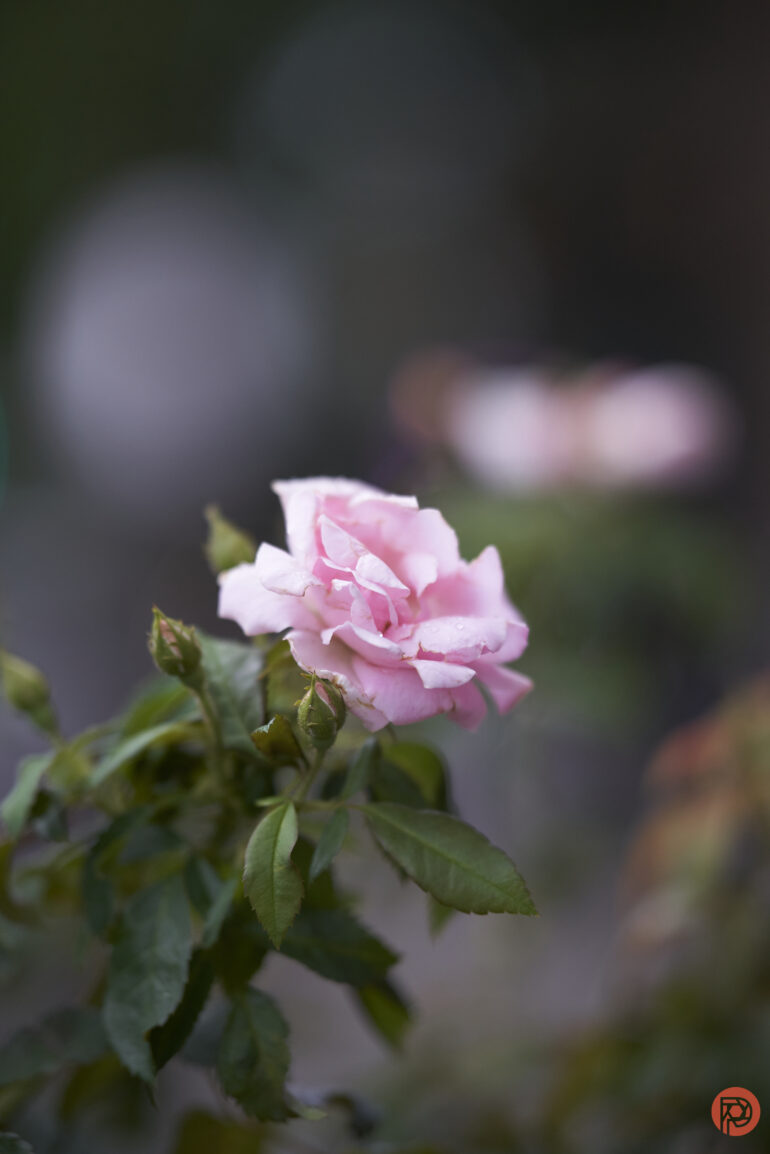
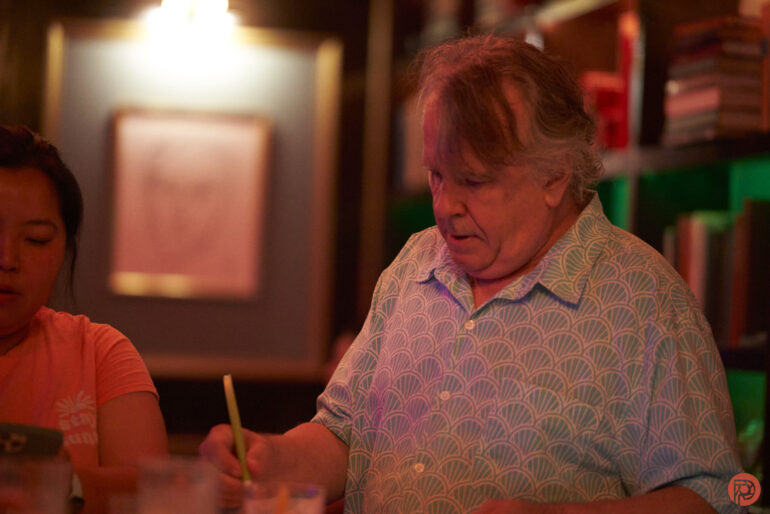

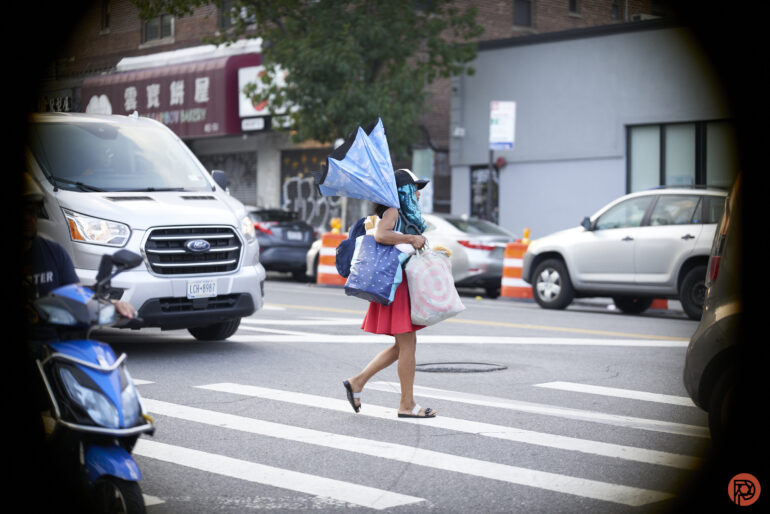

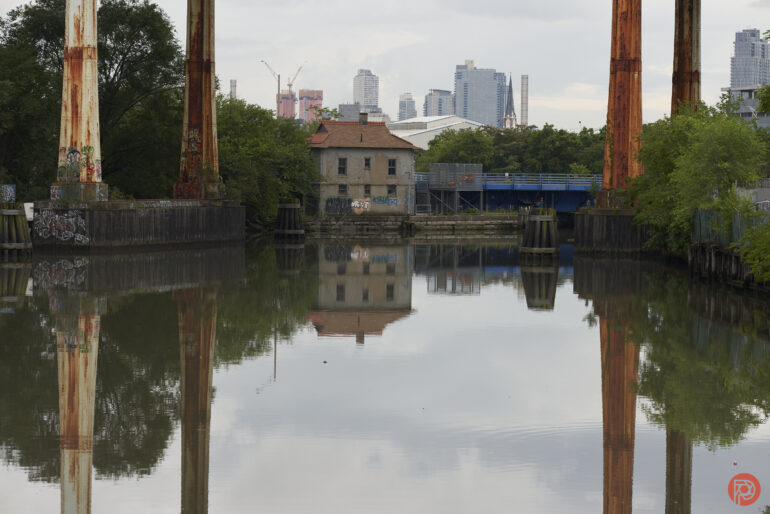
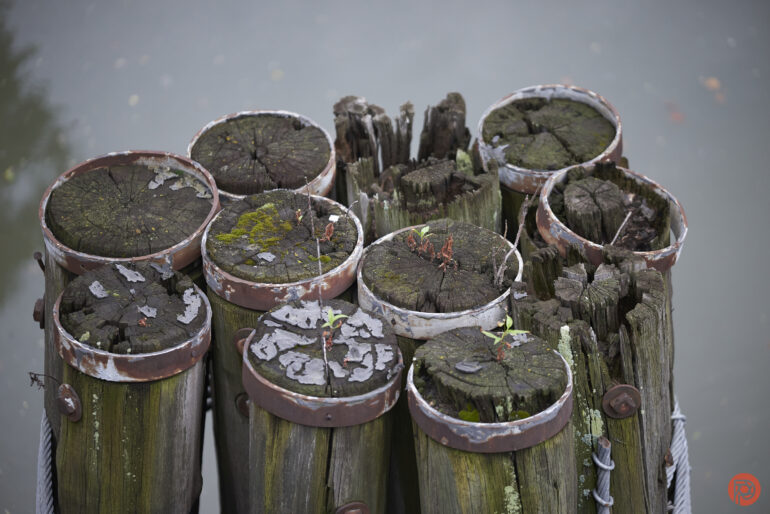
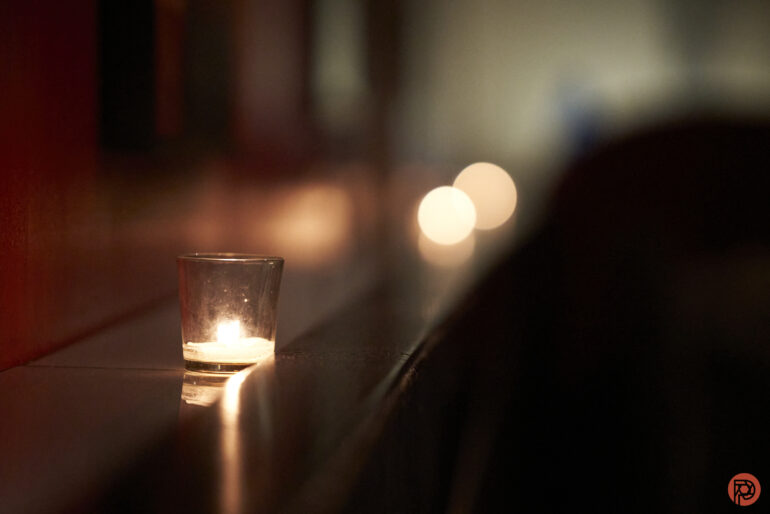
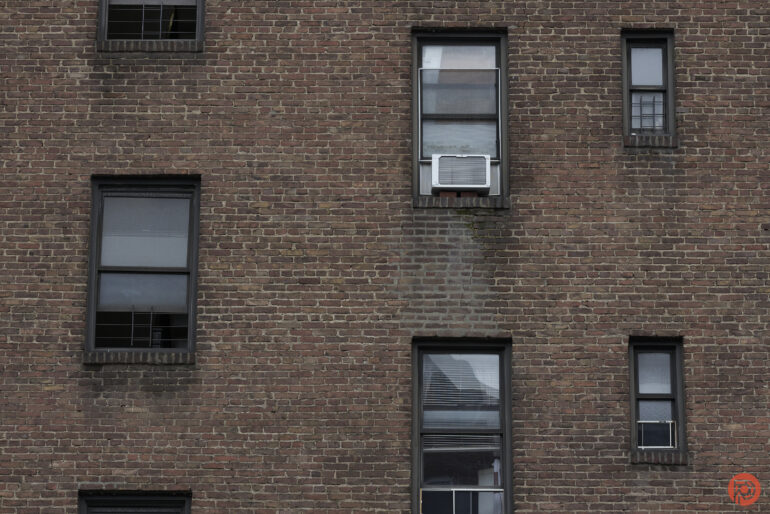
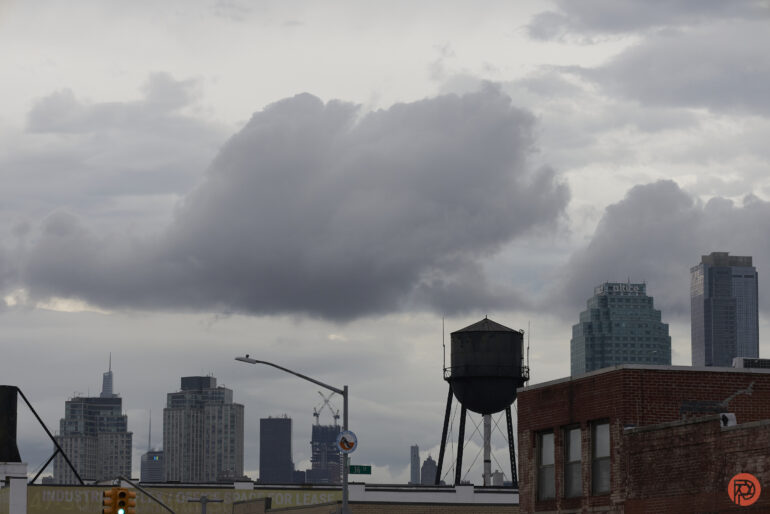

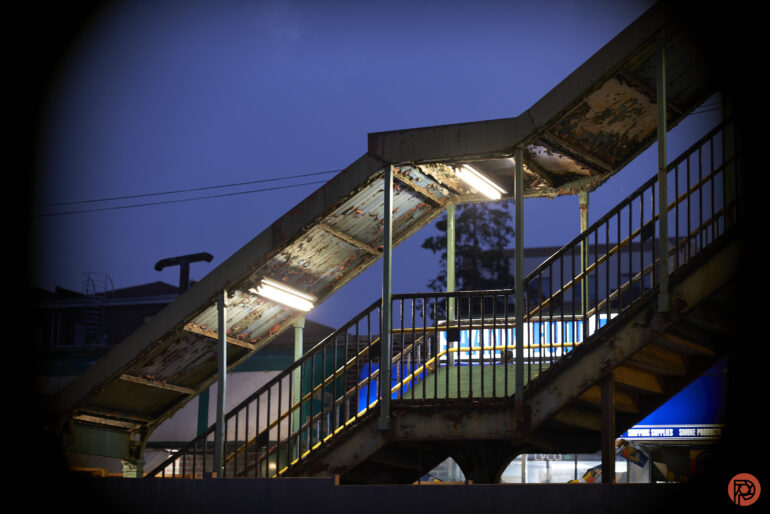
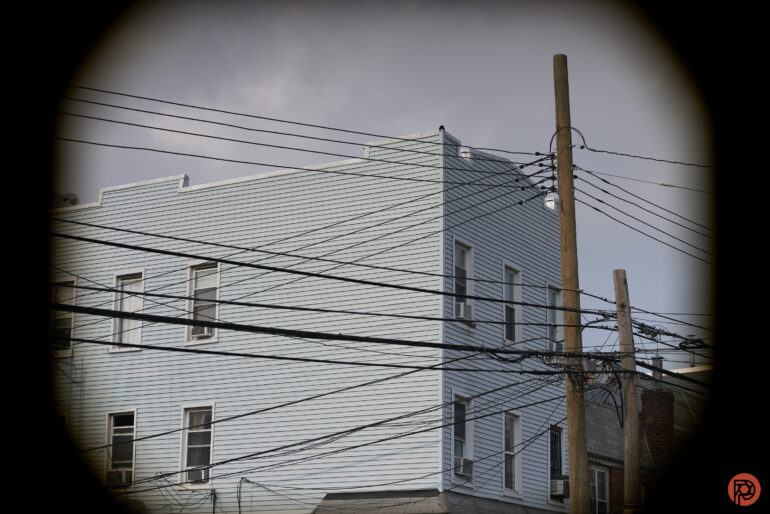
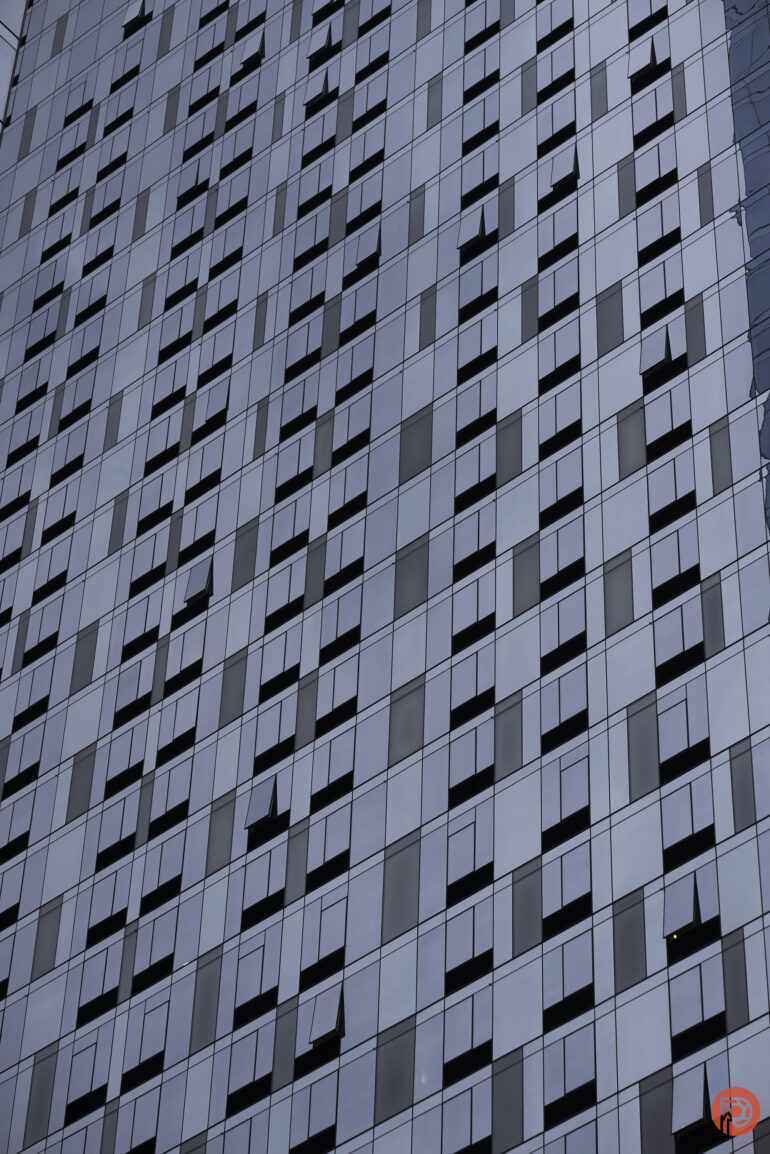
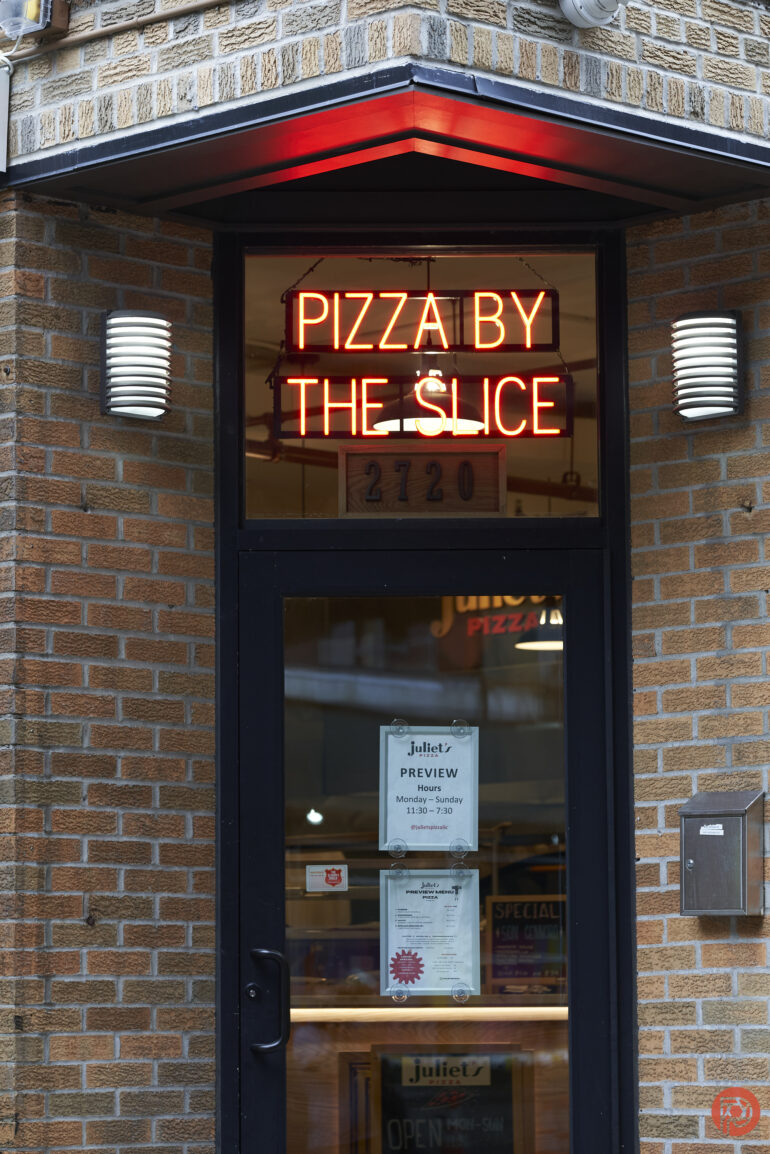
Edited

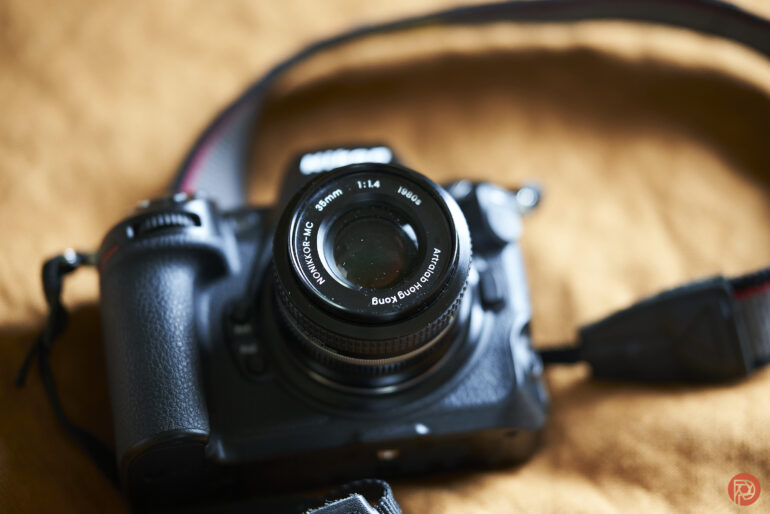
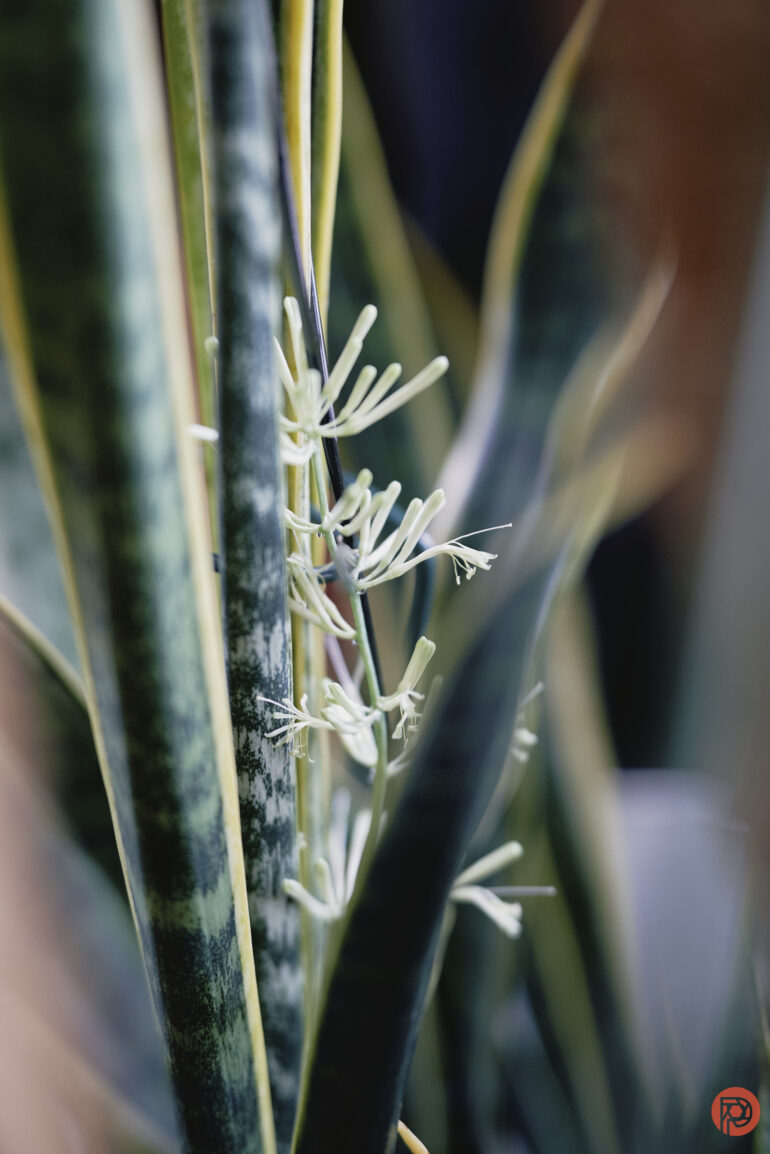
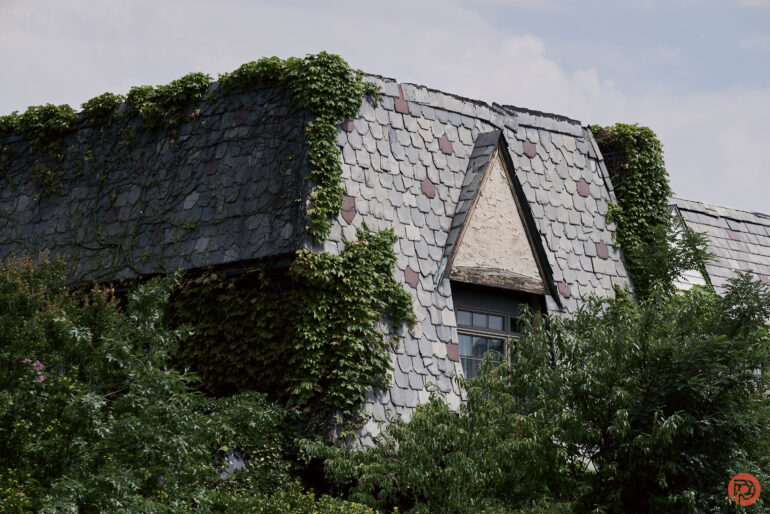
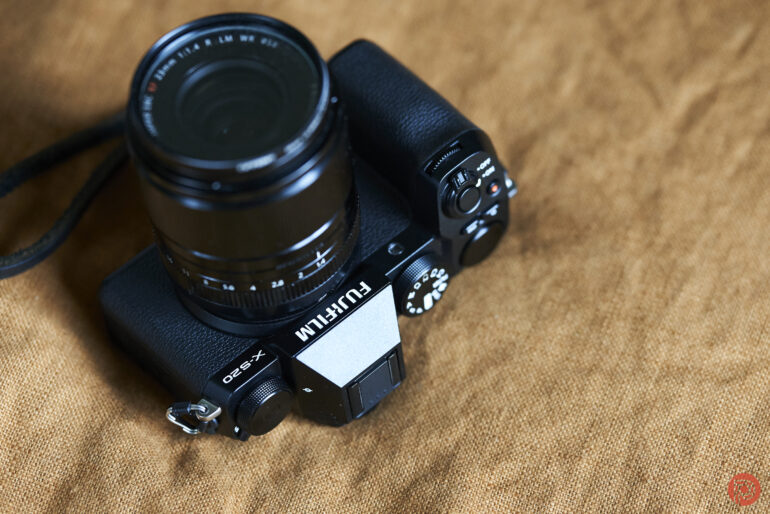
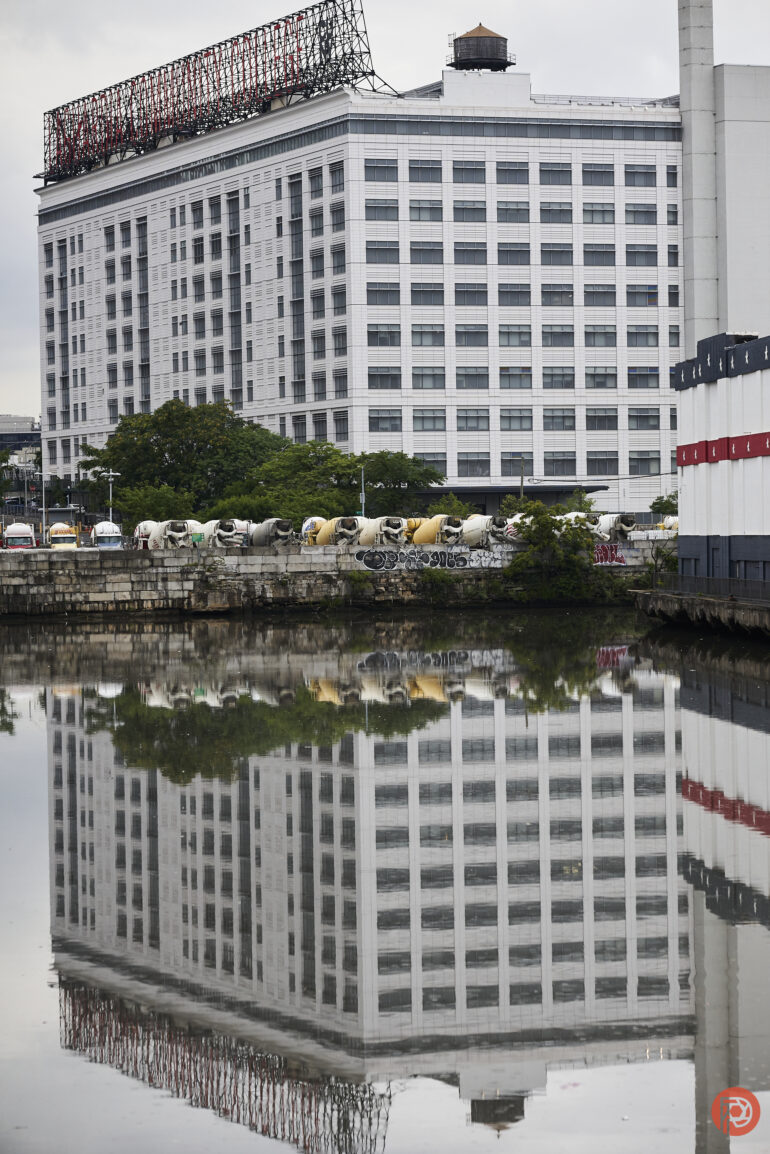
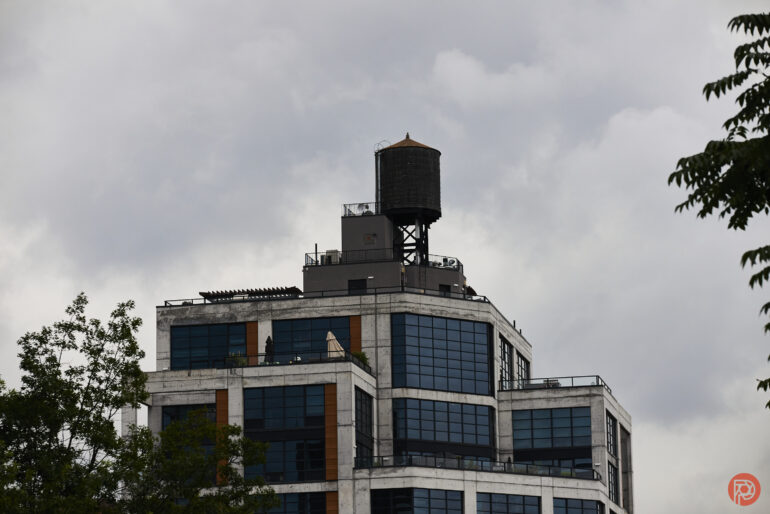
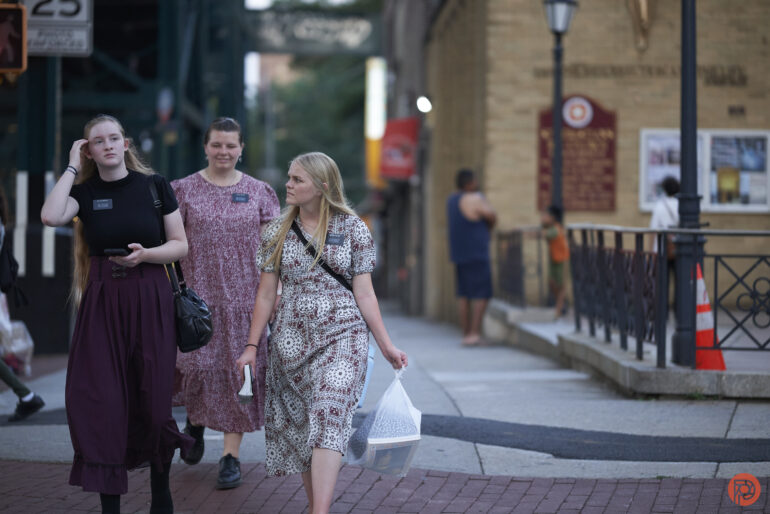
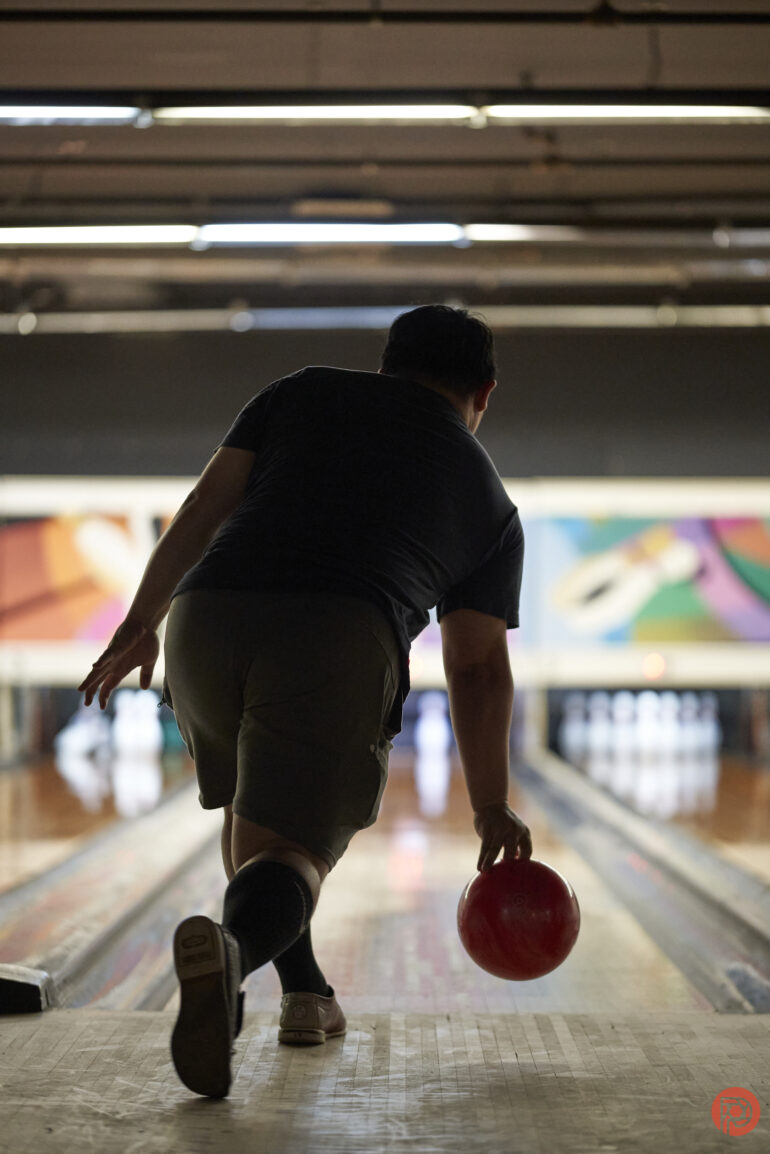

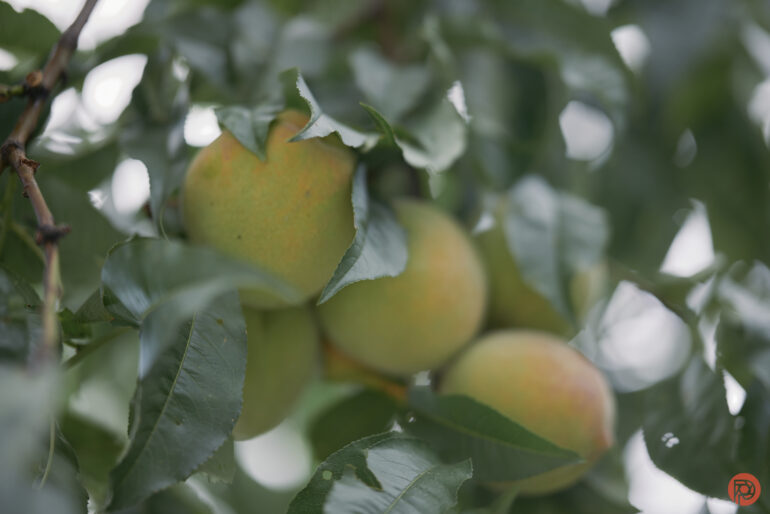
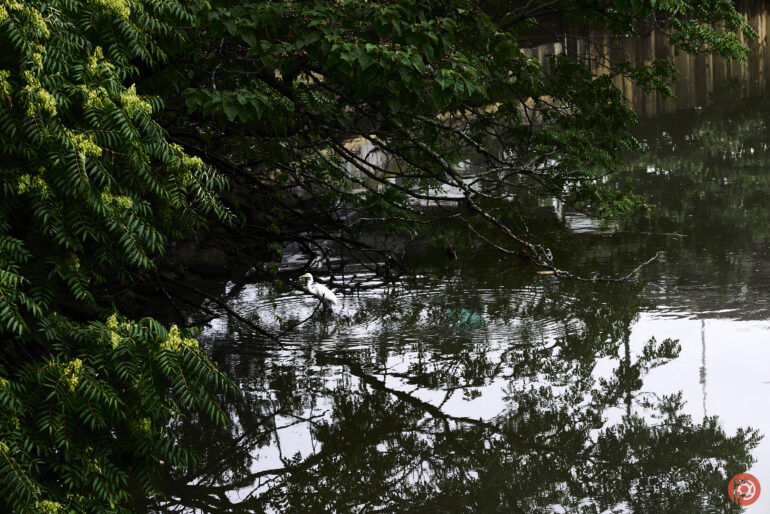
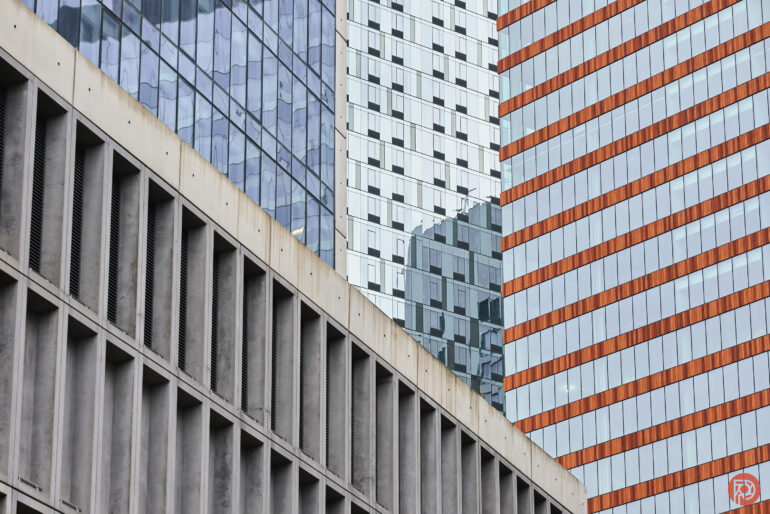
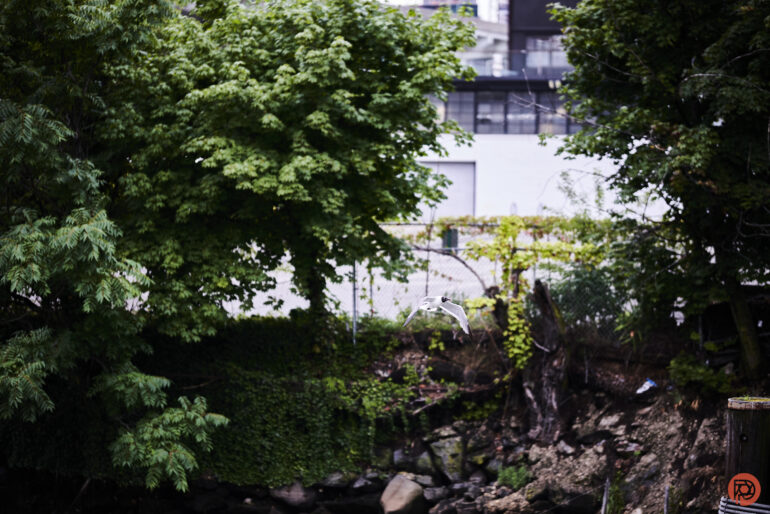
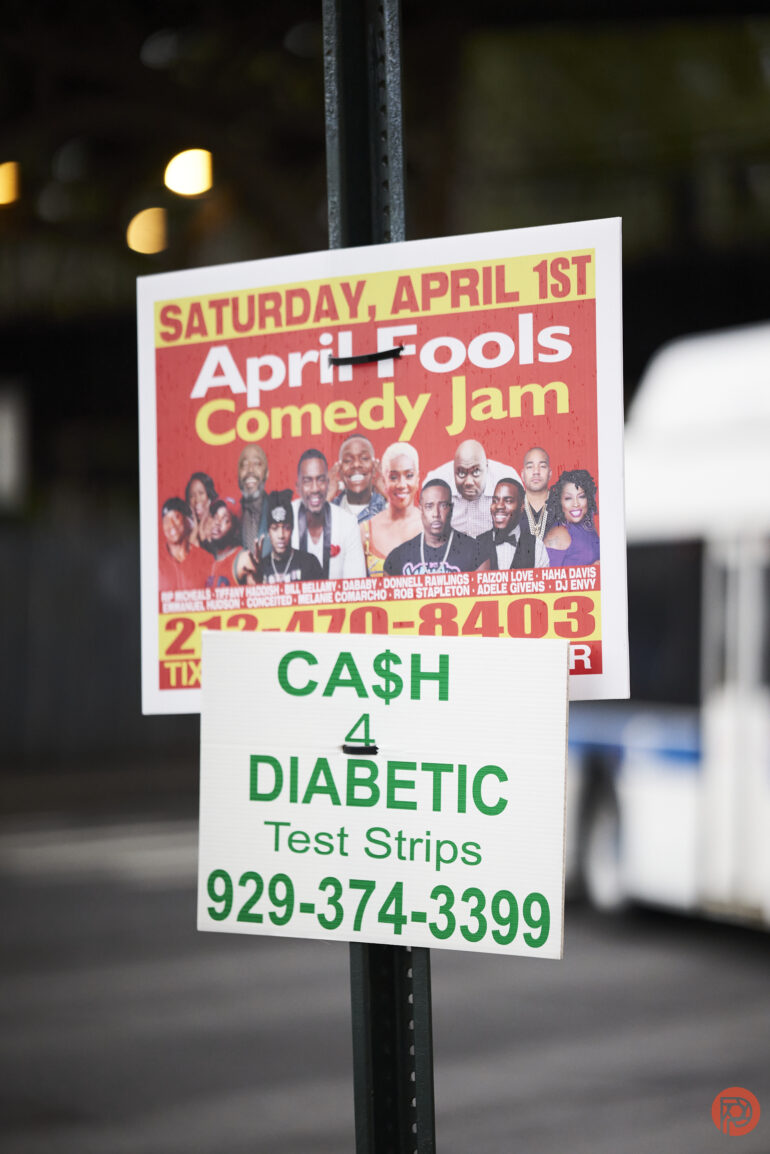
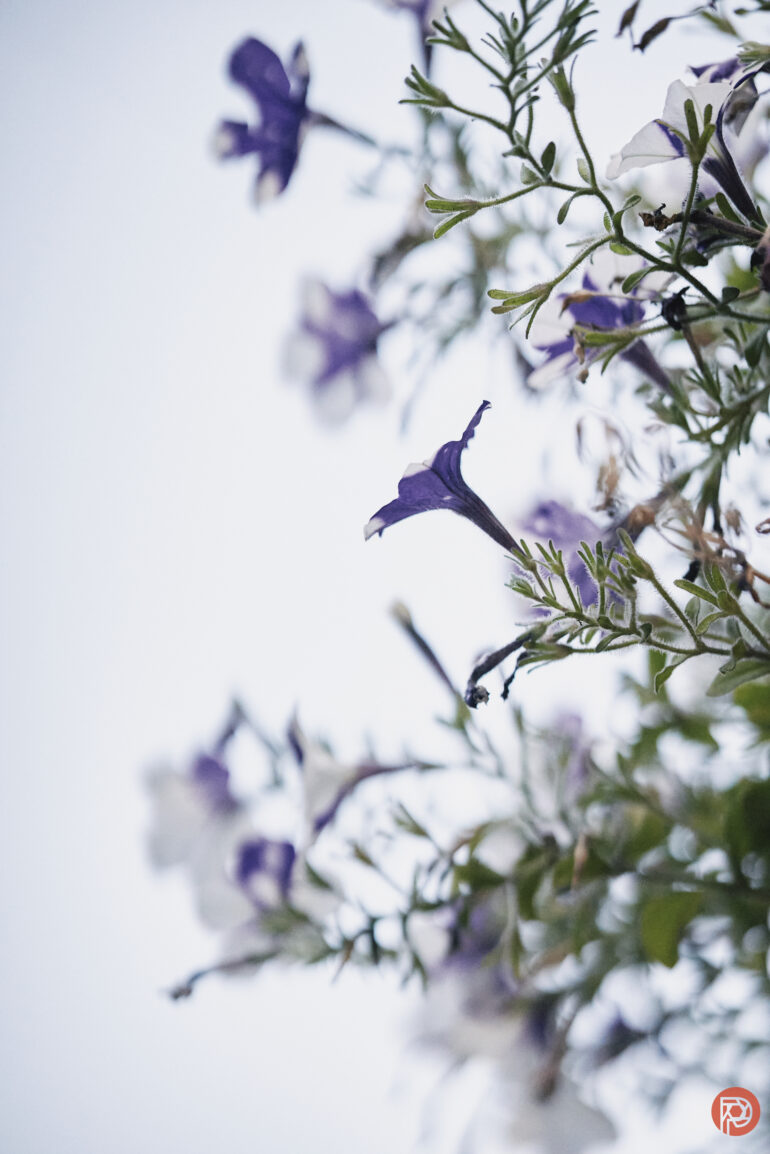
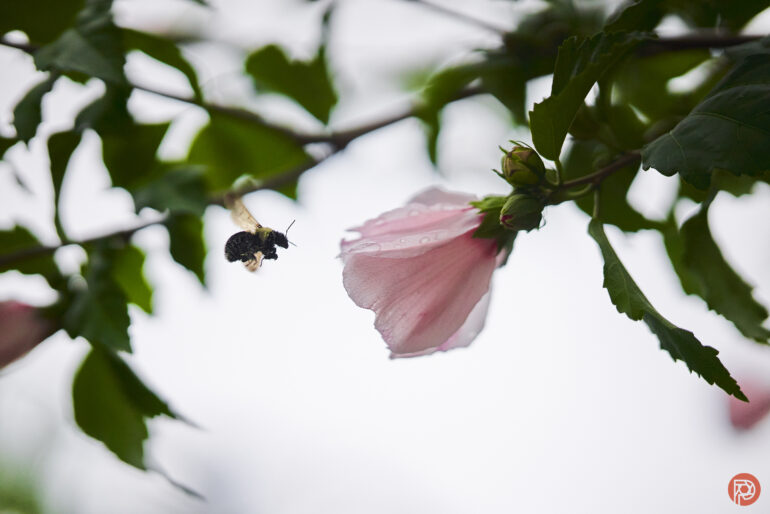
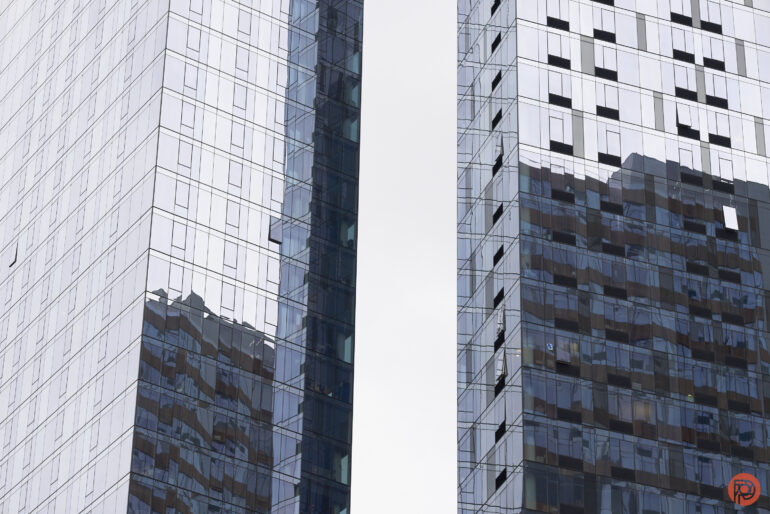
Who Should Buy the Viltrox 75mm f1.2?
Truly, I think that anyone that prefers Sony’s APS-C cameras should get the Viltrox 75mm f1.2 immediately. But to be honest, most people I know reach for the company’s full-frame cameras instead. If you’re a Fujifilm user though, then there’s a great reason to get this lens. It’s super fast, has beautiful build quality, and also offers great image quality. What’s not to like?
Tech Specs
Specs taken from the official listing.
